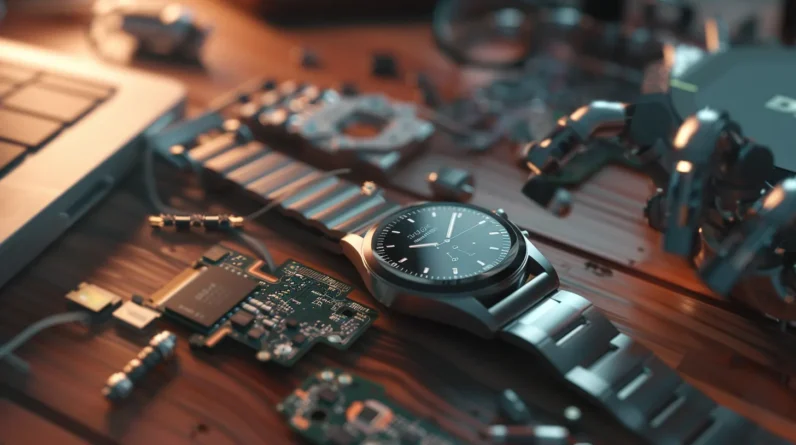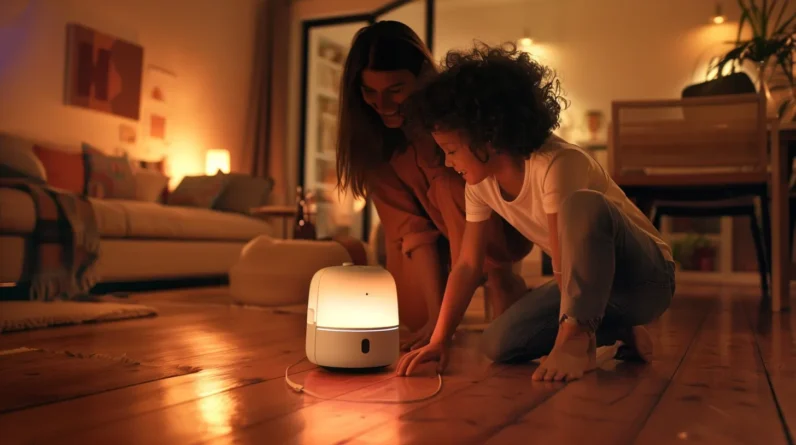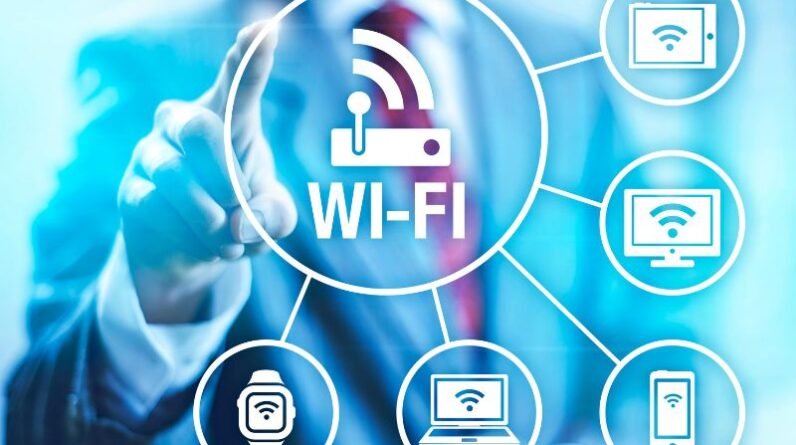
We’re witnessing a revolution in smart devices driven by advanced AI algorithms. These devices will evolve to offer predictive personalization, anticipating our needs before we express them. They’ll seamlessly integrate across platforms, creating a unified network that follows us throughout our day. Enhanced natural language processing will enable nuanced, context-aware conversations with our AI assistants. Through adaptive learning capabilities, our devices will continuously refine their algorithms, evolving alongside us to optimize our productivity and well-being. As these technologies advance, we’ll need to address significant ethical considerations and privacy concerns. The future of smart devices promises to reshape our interaction with technology in profound ways.
Predictive Personalization
Through predictive personalization, smart devices and advanced AI are revolutionizing user experiences. We’re witnessing a shift towards hyper-personalized interactions, where AI algorithms anticipate our needs before we even express them. These systems analyze vast datasets of our behaviors, preferences, and contextual information to create tailored experiences.
We’ll see smart homes adjusting temperature and lighting based on our circadian rhythms, smartphones curating content that aligns with our intellectual interests, and wearables suggesting personalized health interventions. The key lies in machine learning models that continuously refine their predictions as they gather more data. This evolution will extend to every facet of our digital lives, from e-commerce recommendations to productivity tools. As AI becomes more sophisticated, we can expect these personalized experiences to become increasingly nuanced and accurate, seamlessly integrating into our daily routines.
Seamless Multi-Device Integration
A myriad of smart devices now populate our digital ecosystem, and seamless multi-device integration is becoming a cornerstone of advanced AI systems. We’re witnessing the convergence of disparate devices into a unified, intelligent network. AI algorithms are evolving to seamlessly transfer tasks, data, and context across multiple platforms, creating a fluid user experience.
This integration extends beyond simple data synchronization. We’re entering an era where our smart home system can seamlessly interact with our vehicle’s AI, our wearables, and our work devices. Advanced AI will anticipate our needs across this device spectrum, initiating actions and transferring control as we move through our day. The challenge lies in developing standardized protocols and robust security measures to guarantee this integration remains both efficient and secure, safeguarding our increasingly connected digital lives.
Enhanced Natural Language Processing
As we advance into the 2020s, Enhanced Natural Language Processing (NLP) is revolutionizing the way we interact with AI-powered devices. We’re witnessing a shift towards more nuanced, context-aware communication between humans and machines. Advanced algorithms are now capable of understanding colloquialisms, idioms, and even sarcasm, bridging the gap between human speech and machine comprehension.
We’ll see AI assistants that can engage in complex, multi-turn conversations, remembering context and user preferences across interactions. These systems will leverage deep learning and neural networks to analyze not just words, but tone, sentiment, and intent. As NLP capabilities grow, we’ll interact with our devices through natural speech patterns, eliminating the need for specific commands or awkward phrasing. This evolution will make AI interfaces more intuitive and accessible, paving the way for seamless integration of smart devices into our daily lives.
Adaptive Learning Capabilities
Beyond enhanced communication, smart devices are poised to revolutionize our lives with their adaptive learning capabilities. These devices will continuously analyze our behaviors, preferences, and routines, refining their algorithms to anticipate our needs with unprecedented accuracy. We’ll witness smart homes that adjust temperature, lighting, and ambiance based on our moods and circadian rhythms, while wearables will optimize our health regimens in real-time.
As we interact with these devices, they’ll evolve alongside us, becoming more attuned to our individual quirks and requirements. Machine learning models will enable devices to recognize patterns in our decision-making processes, offering personalized suggestions that improve over time. This symbiotic relationship between human and AI will lead to a seamless integration of technology into our daily lives, enhancing productivity and well-being while minimizing cognitive load.
Ethical Considerations and Privacy
While the adaptive learning capabilities of smart devices offer numerous benefits, they also raise significant ethical considerations and privacy concerns. We must grapple with the implications of devices that continuously collect and analyze personal data. How do we guarantee user consent and data protection? What safeguards can we implement to prevent misuse of this information by corporations or governments?
We’ll need to address the potential for algorithmic bias and discrimination, as AI systems may inadvertently perpetuate societal prejudices. There’s also the risk of over-reliance on smart devices, potentially eroding human autonomy and decision-making skills. We must carefully balance the advantages of personalized experiences with the preservation of individual privacy and agency. As we advance, it’s vital to develop robust ethical frameworks and privacy regulations that keep pace with these rapidly evolving technologies.
Conclusion
We’ve explored how AI algorithms will revolutionize smart devices, from predictive personalization to adaptive learning. As we embrace this evolution, we must remain vigilant about ethical considerations and privacy concerns. Notably, a study by Juniper Research predicts that AI-powered smart devices will generate $1.6 trillion in revenue by 2030. This staggering figure underscores the transformative potential of advanced AI in our daily lives. We’re on the cusp of a technological paradigm shift that will redefine human-device interactions.







